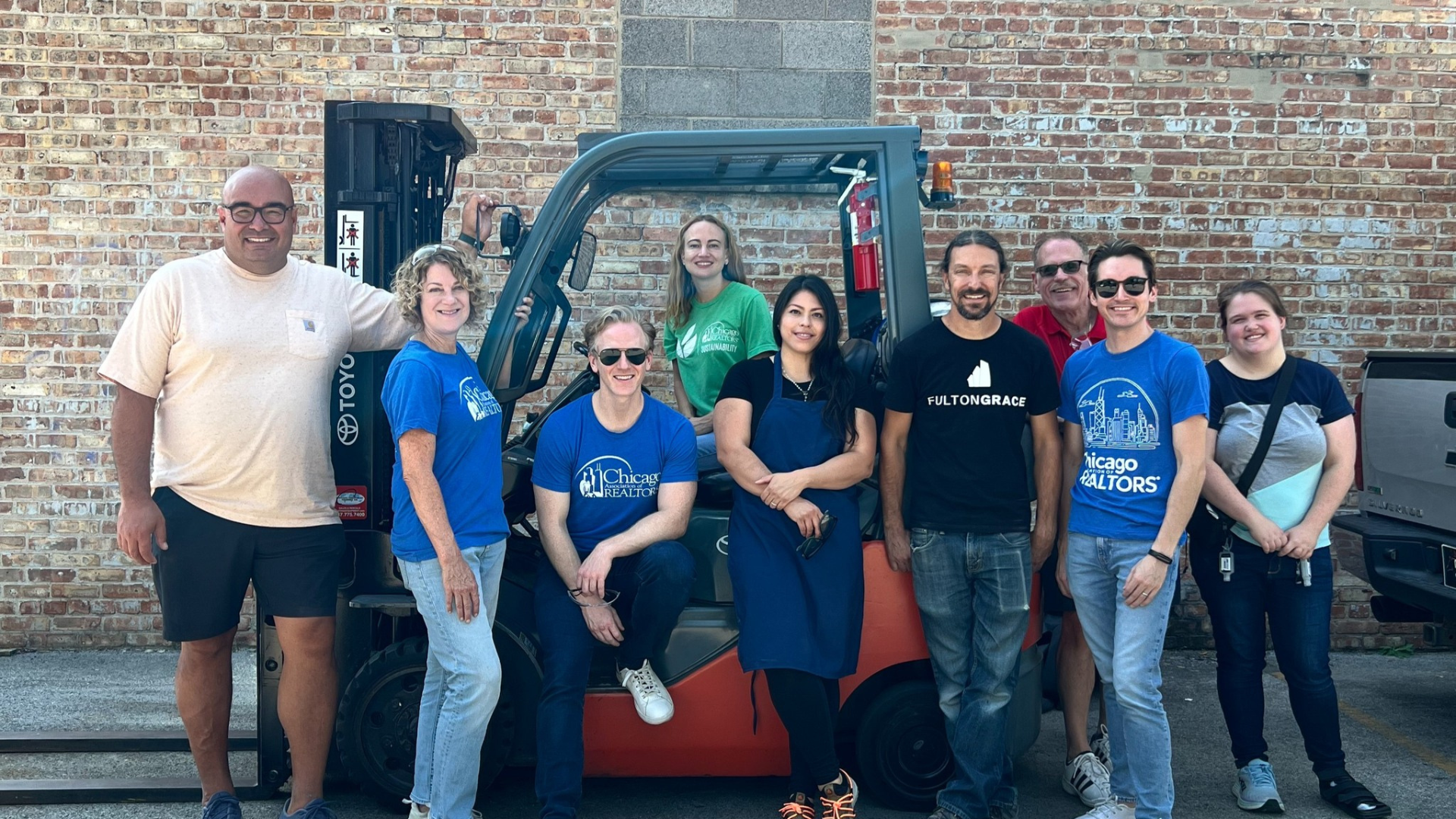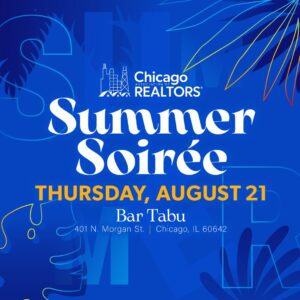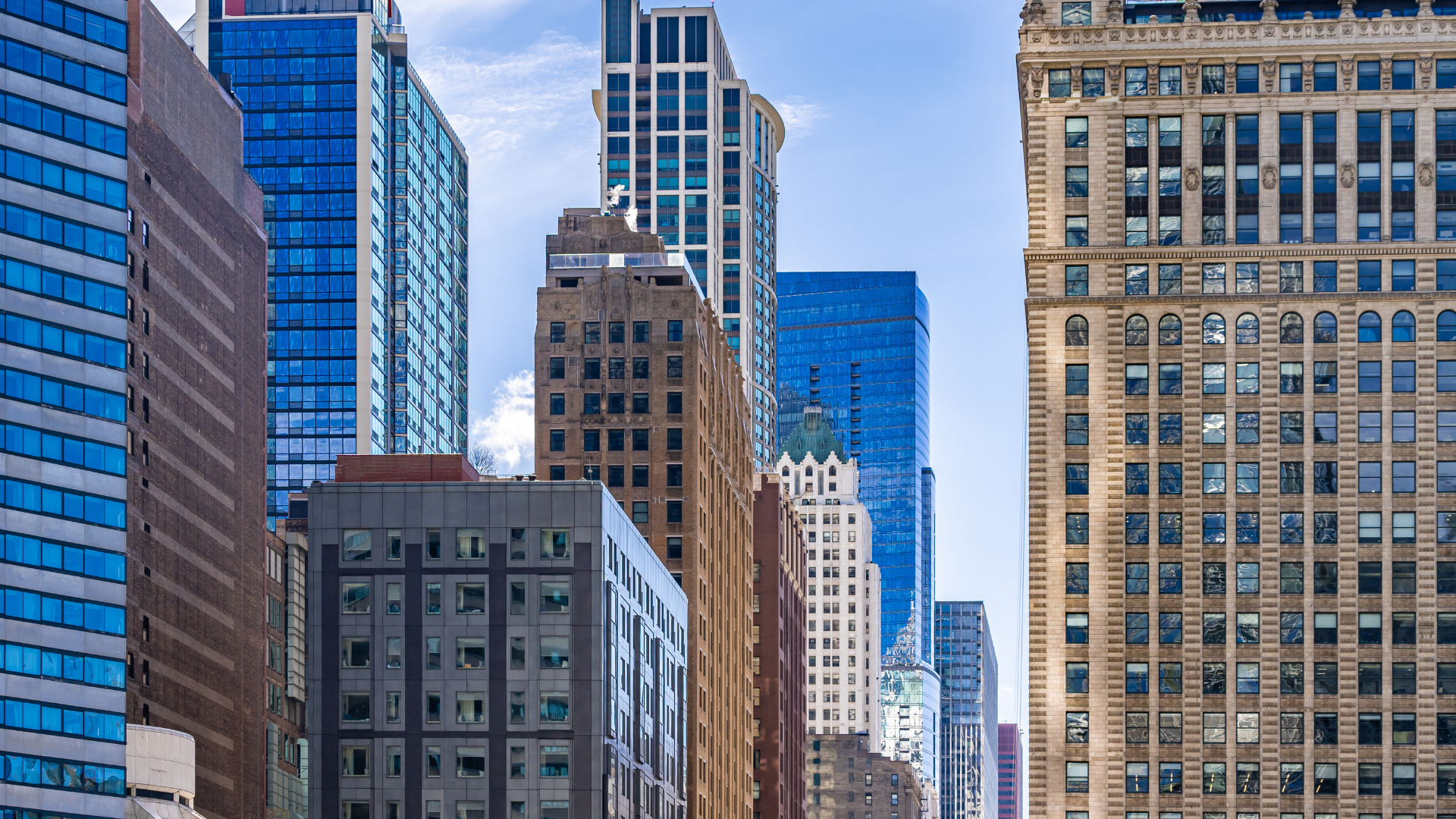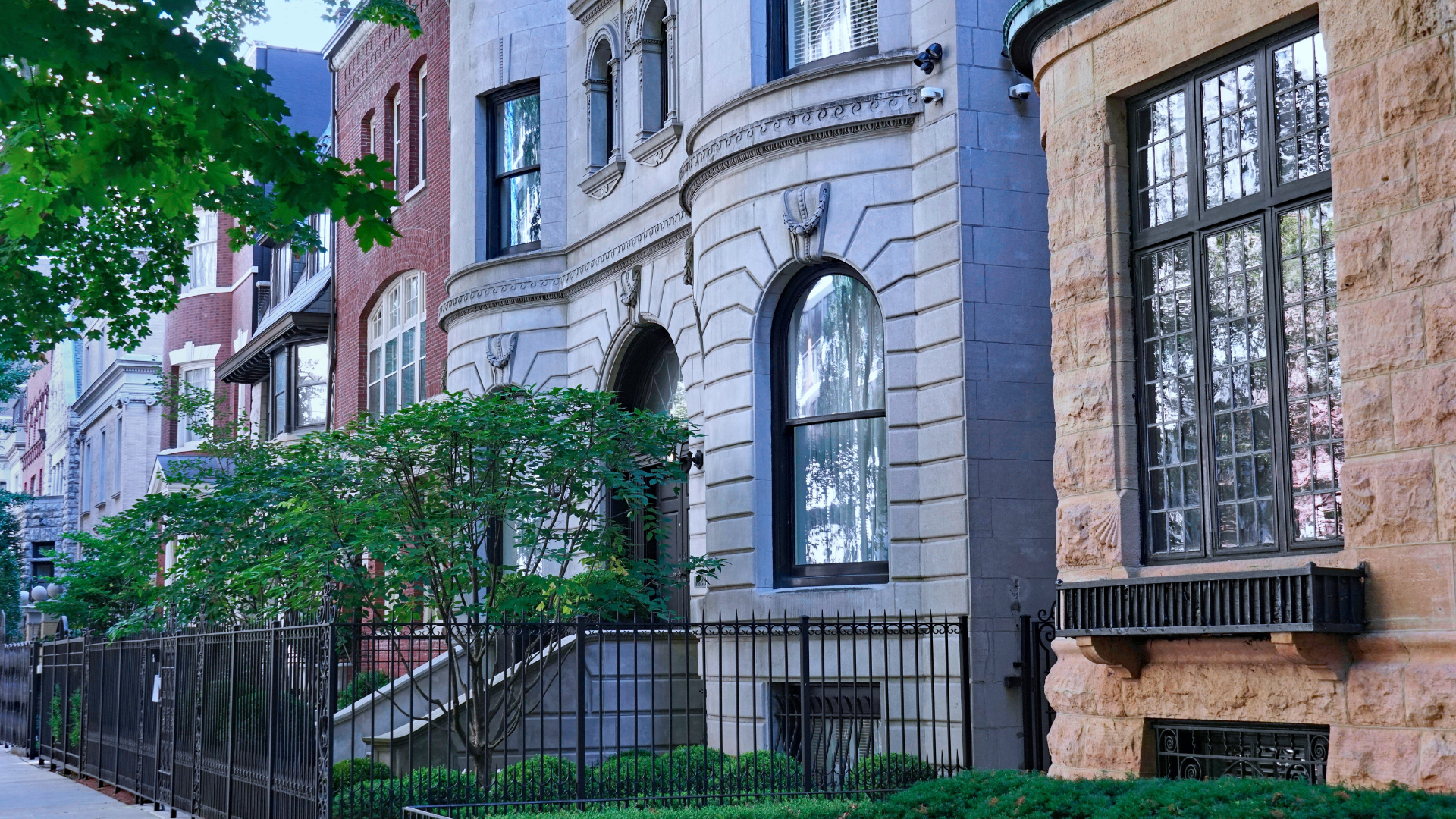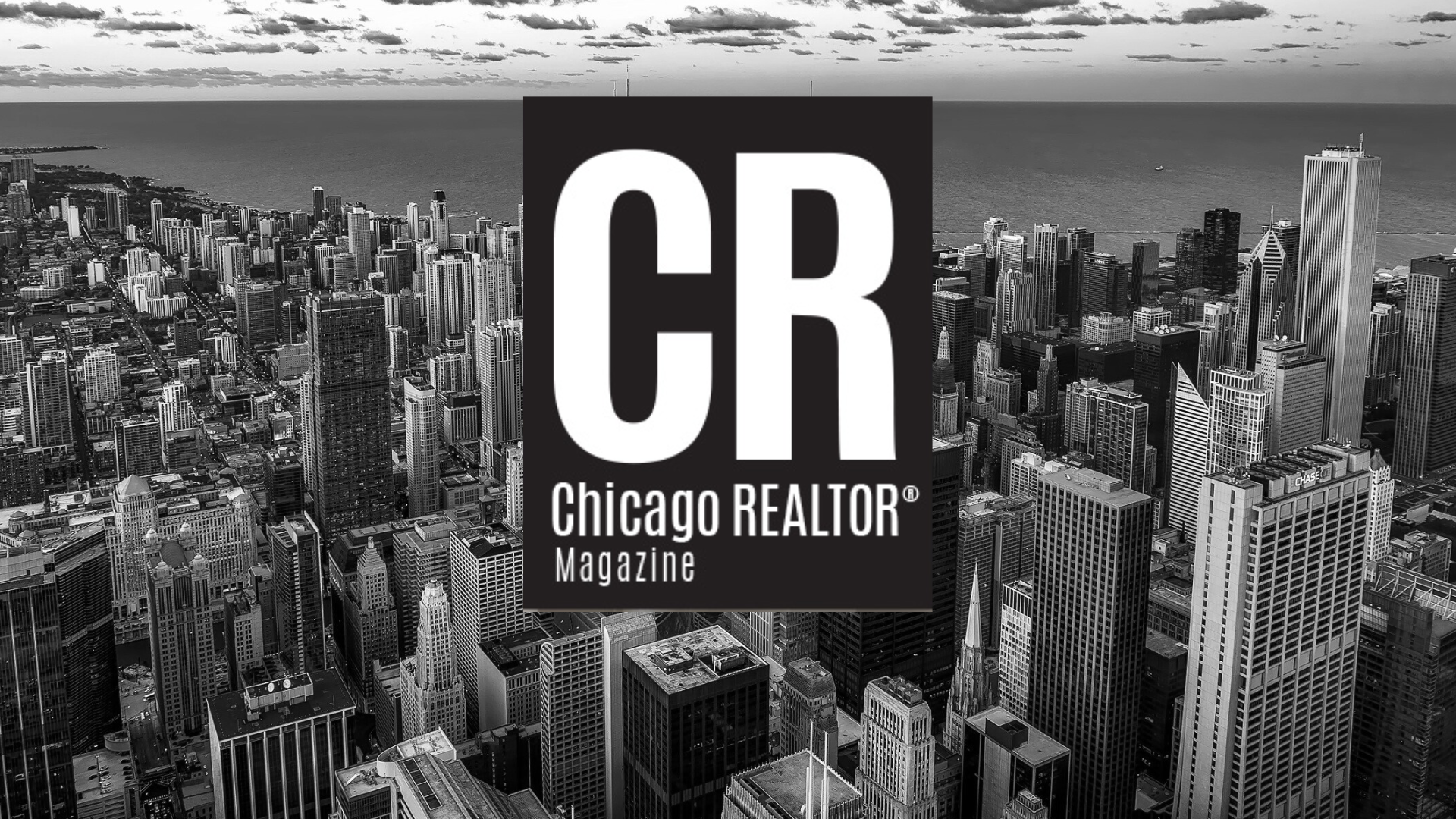In the book, The South Side, Natalie Moore, author and WBEZ reporter on race, class and communities, explores the impact of historic segregation on the city of Chicago — and how the policies that led to Chicago being (recently) named the second most segregated city in America, remain intact today.
A great deal of your book is dedicated to exploring Black homeownership and homeownership has forever been heralded as an essential part of the American dream. Can you talk about how homeownership keeps Black homeowners poorer than white homeowners, as well as how, for the Black community, this American dream can be a false promise?
If we first go back to the middle of the 20th century, or even before the middle of the 20th century, there were a host of policies that were enacted locally and in this country that solidified segregation. Racially restrictive covenants, redlining — and then the real estate industry was complicit with panic pedaling and blockbusting. Even when those things became illegal through the Supreme Court or the Fair Housing Act, you still had discrimination; these policies had been so cemented that it was hard to reverse it — you had white flight because the covenants were struck down and neighborhoods turned Black and the resources left.
But, how do you undo that? That ends up being pretty settled. When you look at policies today, there are a lot of communities that do their best to keep out affordable housing, and developers have found loopholes [to pay into a city fund to avoid having to include affordable housing]. The past and the present often collide. You just can’t say, “Well, redlining isn’t there.” Well, we know that banks still aren’t lending in these communities… All of this stuff creates a foundation where the cycle perpetuates itself.
That means you have undervalued neighborhoods. We know that through appraisals, we know that through the real estate brokers trying to sell a neighborhood — this can be a great block here, but two blocks over it could look different. And how does that factor into the appraisal? But the research shows that Black neighborhoods are undervalued, and this country has decided that wealth building comes through homeownership. So, there’s a group of people where it’s just not the same.
Can you share a little bit about this idea that segregation seeps into our lives — not only through housing and education, but also through food access, politics and crime? How does that all tie together?
They’re all tied together because they’re based on your social networks, and those tend to be based on where you live. So, if you live in a white segregated community, that means your neighbors were white. You probably went to a white school and outside of your family, that becomes your social circle and network. If you grew up in a white area, maybe you’re inclined to move to a similar area because that’s what you’re familiar with. Or, you might have stereotypes about other places because you haven’t interacted with them.
Chicago, not even the Chicagoland region, but the city of Chicago itself, is so vast. Our strength and our weaknesses is our vastness.
I could say, “You live in Portage Park. There’s no reason for you to go to Pullman if you don’t know anybody.” I mean, there’s lots of cool things in Pullman, but if you don’t know anybody there, it’s not like you have to go there to go grocery shopping or you have to go there to get amenities, for example. So, no matter what we’re talking about, I think it starts with housing because housing segregation is in everything.
In your book, you talk about mixed income developments and the cultural polarity that exists in them — how these mixed income developments showcase how people live in that upper and middle class owners enjoy socializing in their units, whilst public housing residents see more benefit in communal living that’s more indicative of “true city dwelling.” So, one person’s loitering is another’s hanging out. What can we learn from that?
Something that I continue to think about today, and I often feel that a lot of people are looking for suburban quiet with city amenities or city living — but cities are messy. If you live in apartments, people are going to be loud above you or below you. You’re not going to have serenity all the time because there’s more density. This goes beyond homeownership, because this is for people who are renting or just city dwellers, but I think we have to think about what it means to be a good neighbor. I always challenge people with that.
We shouldn’t be so quick to call the police. If we’re not in danger, someone’s playing loud music or hanging out, I don’t think that should meet the level of calling the police, even if it’s late at night. How do you forge relationships with your neighbors, so maybe the next day you can say, “Could you be a little bit more considerate?”
This also intersects with the current conversation that we’re having around police brutality and the role of policing in society. But these are things that I’ve been thinking about well before… well, as a lot of black people have been thinking and living these days. But I think what we can learn is, what does it mean to be a good neighbor, to be a good community member?
If you’re paying your rent on time and you’re mowing your grass, taking care of your property — that’s one way, that’s great. But how do you interact? Do you have a block club? This doesn’t mean you have to be best friends with your neighbors, whether you’re in a condo or next door, but neighbors can be an asset. They can look out for you. They can tell you if they saw a break in, or they can tell you if someone took your delivery package. And I think it’s really important to try to forge as much sense of community as you can.
You give a lot of personal background about growing up in Chatham, which is renowned for its sense of place. Can you talk a little bit about the difference between a black middle class neighborhood and a white middle class neighborhood?
Yeah. There may be higher crime. There may not be as many places to eat or get services or grocery shop. You may not get the same attention from city services and your home values are going to be less.
Someone might say, “Well, they’re undervalued, because they don’t have those things, so doesn’t that make sense?” But is it the chicken or the egg? Why doesn’t investment come into communities?
I would like to point out the suburb Olympia Fields, which has the median income of $97,000 and it’s mostly black. They could attract retail or restaurants to the area. That’s when you have to take a look and say, “This is about race.” You can’t say, “Well it’s a low income,” or “It’s not enough. It’s too many poor people and they can’t sustain this restaurant.” What does it mean when you get out of the city and you see a modicum of affluence, and you still don’t get those amenities or services?
One of the other things you cover fairly extensively in your book is the financial crisis. Today, we’re again in the midst of an unprecedented economic interruption. What parallels can you draw from today to the late 2000s, and what lessons and what outcome do you think needs to happen for black homeowners and for black communities to recover following this pandemic?
Well, I would say ten years ago, reparations were a punchline, and now reparations have actually become more of a serious policy conversation. Some people have even talked about reparations in the form of home ownership, for giving loans. What does that look like? We know that banks got away with a lot ten years ago and we’re not letting that happen again. If you get bailed out, what does that mean for the loans that you give? What kind of conditions are given? You can’t just use a class analysis; you have to use a race-based analysis on these issues.
We have a lot of messages right now from REALTORS® asking, “How can we help?” Whether it’s, “How can we get investment in historically underinvested neighborhoods?” or “How can we be better allies to the Black community and communities of color?” As a community seeking change, where do we start?
I would say that it would start with not talking about the master bedrooms and renaming that. That is the change that no one had been looking for. So, listening to people and not just doing what you think is going to make you comfortable. I think there has to be a lot of [personal] interrogation: why did you move to the place that you live? Everybody says they want the same things: good schools, safety, but why did you choose this white suburb? Like you can say, “Well, it was all these things that just happen to be white.” No, because there are integrated places like that. So, thinking about how your family chose and thinking about your own choices for yourself or your family. Because if you can’t be honest with yourself, then you’re going to continue to try out policies or ideas that are a band-aid and very simplistic, like the master bedroom.
I also think that so many things can be done with training. And I want to back up a little bit on trainings. I think training can be un-useful. Everybody has gone through diversity training. I think reading about the history of real estate in this region, understanding the role that brokers have played, understanding that history and thinking about the areas that you serve. Do you steer people places? Steering is illegal, but do you unconsciously do it? How do you judge people? I mean, there’s lots of [bias]. I always share this anecdote about people who took the Black stuff out of their house, the pictures and the artwork; then they get a higher value than when they kept it in.
There are a lot of brokers who also do development work. If you’re going into a transitioning neighborhood — I hate when I drive and I see all this classic architecture and then suddenly it’s like that same kind of new condo look. Think about your own connections to the community and how you are making it look. Are you trying to be a part of the fabric? Not that neighborhoods can’t change or evolve, but thinking about if people are being displaced, thinking about what the future of a community looks like.
I want REALTORS® to know how they’ve been complicit over the decades and segregation. Once you understand that, then you can start thinking of ways to undo that harm. Real estate brokers can be the ambassadors for neighborhoods, to a certain degree. So, understanding the power that lies there, not turning a blind eye to those issues. None of this is rocket science. It doesn’t mean that it’s easy.
There are ways to lend your voice to affordable housing projects if you’re not representing them, like how that can help in a community. There’s a power in numbers and being an ally also to other groups or people or institutions that are trying to do some of this work. There’s lots of information at your fingertips. If you just continue to have stereotypes based on what you see on the news, then you aren’t trying. If you have these stereotypes, then you need to ask yourself why and get yourself out of your own comfort zone. There are people who live there and just like you, they’re humans who want to live, work and play.
TERMS TO KNOW:
RACISIM
Racism is “a system of structuring opportunity and assigning value basedon the social interpretation of how one looks, that unfairly disadvantages some individuals and communities and unfairly advantages other individuals and communities.” – American Public Health Association Past President Camara Phyllis Jones, MD, PPH, PHD
INSTITUTIONAL RACISM
Institutional Racism is distinguished from the explicit attitudes or racial bias of individuals by the existence of systematic policies or laws and practices that provide differential access to goods, services and opportunities of society by race. Institutional racism results in data showing racial gaps across every system. – University North Carolina at Chapel Hill’s Frank Porter Graham Child Development Institute
BIAS
Bias is a prejudice in favor of or against one thing, person, or group compared with another, usually in a way that’s considered to be unfair. Biases may be held by an individual, group, or institution and can have negative or positive consequences. Biases, conscious or unconscious, are not limited to ethnicity and race. Though racial bias and discrimination are well documented, biases may exist toward any social group. One’s age, gender, gender identity physical abilities, religion, sexual orientation, weight, and many other characteristics are subject to bias.
UNCONSCIOUS BIAS
Unconscious biases are social stereotypes about certain groups of people that individuals form outside their own conscious awareness. Everyone holds unconscious beliefs about various social and identity
groups, and these biases stem from one’s tendency to organize social worlds by categorizing. – University of California San Francisco Office of Diversity & Outreach
ALLYSHIP
According to the Anti-Oppressed Network, allyship is an active, consistent, and ongoing practice of unlearning and re-evaluating, in which a person in a position of privilege and power seeks to operate in solidarity with a targeted group. Practicing allyship is not linear or constant and requires ongoing selfreflection and learning.
NIMBY
A NIMBY — short for “Not in My Backyard” — is a person who objects to the locating in their neighborhood of a civic project needed by the larger community but perceived as unsightly, unpleasant or potentially dangerous, while raising no such objections to similar developments elsewhere.
MICROAGRESSION
Microaggressions are the everyday slights, indignities, put-downs and insults that members of marginalized groups experience in their day-to-day interactions with individuals who are often unaware that they have engaged in an offensive or demeaning way. Microaggressions are often discussed in a racial context, but anyone in a marginalized group — be it as a result of their gender, sexual orientation, disability or religion — can experience one. Microaggressions can be as overt as watching a person of color in a store for possible theft and as subtle as discriminatory comments disguised as compliments. – Derald Wing Sue, professor of counseling psychology at Columbia University, via The New York Times.

